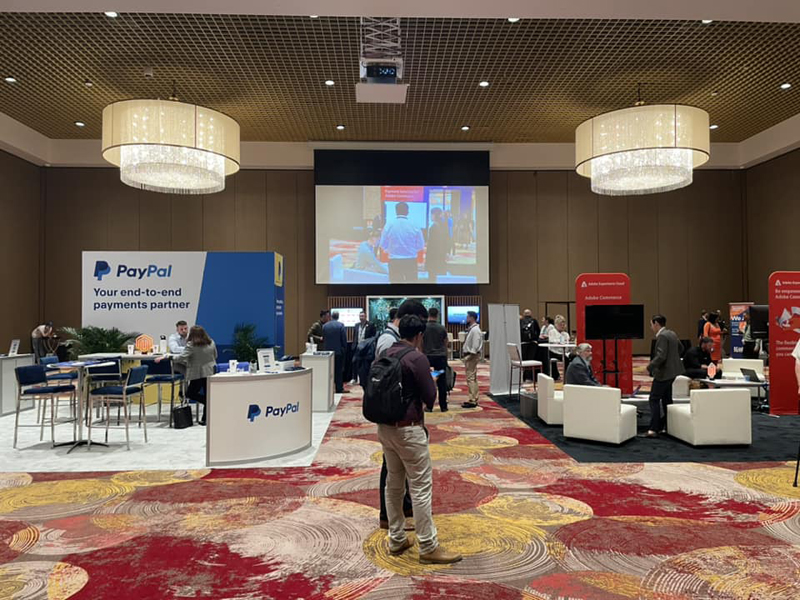Point of Sale (POS) Glossary
The retail margin is the percentage of gross profit a store makes on an item. It is the sale price of an item minus the good’s cost, divided by the selling price, and then multiplied by 100. If an item has a sales price of $100 and the merchant paid $50 to acquire the item, the retail margin is 50%. A store must consider overhead costs, and this formula only calculates gross profit. It does not reflect any of the expenses for keeping a store open, such as rent, labor, utilities, advertising, and other costs.
A point of sale system can keep track of what a retailer paid for items and their sale prices to make it easy for a merchant to calculate retail margin. POS analytics and reporting help retailers review their profits and losses to help calculate the business’s success.
The most comprehensive set of glossary terms in point of sale industry.
See what separates ACID Point of Sale from the rest of the POS solutions.

Meet Magento Florida Feb 15-16 2023
It was great meeting all Adobe Magento industry professionals that attended Magento Meet Florida. The event was planned perfectly from sessions to solutions.

Meet us at Meet Magento (Feb 15th-16th) at Seminole Hard Rock Hotel in Miami, FL
This year we decided to attend Meet Magento in Miami, FL from Feb 15th-16th, 2023. It's a great opportunity for us to visit with some of our existing customers, and future partners.






